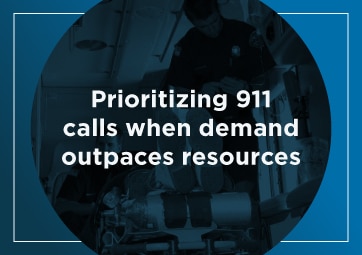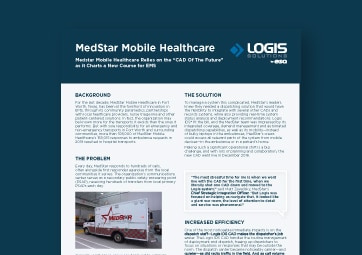On July 29, 2025, the U.S. Department of Homeland Security, the Fire Safety Research Institute, and the U.S. Fire Administration hosted their seventh informational webinar, NERIS in Action: Regional Onboarding, Analytics, and the Future Roadmap to update departments on the current progress with NERIS, share advice and helpful resources for starting the onboarding process, and answer some FAQs. Here is a quick recap in case you were unable to attend or missed some important points.
If you’re interested in seeing how ESO is preparing and onboarding departments for the NERIS rollout, watch the latest on-demand webinar.
The latest updates from FSRI
There are currently over 9,000 departments invited to onboard to NERIS, which is well over the original target of 8,000 for July. Out of those departments, over 300 have already submitted incidents, which means they’re fully transitioned from NFIRS to the new system. So far, nearly 40,000 records have already been submitted!
The timeline is still on track
Since 2025 is a hybrid year, some departments are continuing to report through NFIRS, while others have made the transition to NERIS. The rollout is organized by FEMA regions, with each region assigned a different month for onboarding. By January 1, 2026, all incident reporting for departments across the United States will go through NERIS. However, you will still be able to edit and modify previous incident records in NFIRS until the end of January. After that, they will be unavailable for use.
The 2025 FEMA region onboarding schedule:
- July (regions 2, 4, and 6)
- August (region 7)
- September (region 3)
- October (regions 1 and 10)
- November (regions 8 and 9)
- December (region 5)
Preparing for NERIS
If you have received your credentials and are not quite sure how to get started, here are the next steps that were recommended in the webinar:
Step 1
Use the onboarding information available on the NERIS website. If you are an ESO customer and ready to onboard, visit eso.com/neris to get started.
Step 2
Set up your department profile (If you’re partnering with an RMS vendor, they may manage this step for you, but it’s important to walk through the steps on your own regardless).
Step 3
Add stations, resources, and staffing to your department’s profile.
Step 4
Plan your incident reporting start date. Before doing so, you must request activation of this feature.
Step 5
Link your RMS if using one (You can find an instructional guide here).
Best practices for a successful transition
- Make sure your department has more than one administrator attached to your profile.
- Update your department’s profile and confirm once complete.
- Utilize the training videos, data dictionary, user guide, and help desk available in the NERIS resource guide.
- Create a transition plan within your organization and get the entire team on board.
- Ensure your entire crew is trained in the new system and understands the importance of the data collected.
- Give feedback on your experience. This is your system. Help make it the best it can be.
For more detailed instructions and helpful resources, head to the onboarding guide on the NERIS website.
How can ESO help with your transition?
ESO is working closely with UL FSRI to ensure you have everything you need to prepare for your NERIS migration. Our team can assist throughout the entire process, from onboarding to collecting the required data.
Watch our latest webinar: Watch our latest webinar, NERIS Explained: What the New Fire Standard Means for You, for expert insight on what’s changing, how to prepare, and how ESO is supporting fire departments with product readiness and training. Don’t miss the opportunity to equip your team with the tools and knowledge needed to confidently transition to NERIS in 2026.
Stay in touch: To learn what your department needs to know about the transition process, you can find additional helpful resources in the ESO NERIS Resource Center, including onboarding to NERIS with ESO as your RMS vendor.
See it live: To get a demo and see firsthand how NERIS-compliant ESO Fire Incidents is prepared to support you through your own transition to NERIS, you can sign up here.



